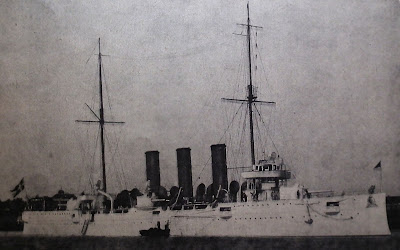 |
| Sir Walter Scott's stunning home Abbotsford in the 1880s. |
This is Abbotsford, Sir Walter Scott's stunning home, photographed in the 1880s. The romantic castle, designed by the first English-language author to have a truly international career, is since 2007 in the care of The Abbotsford Trust, a charity created to safeguard the future of the estate and the legacy of Sir Walter Scott.
This is how the trust defines its task and the house it safeguarding:
The trust is determined to restore the house and redevelop the estate in order to make it self-sustaining. It is the objective of the trustees to ensure that Abbotsford becomes the centre of a renaissance of Scott’s works, but in a way that a modern audience will appreciate.
-
Perhaps nowhere else in the world can evoke the power of the romantic past more than Abbotsford, stunningly located on the banks of the River Tweed in the Scottish Borders. Abbotsford sits at the heart of the landscape that inspired the poetry and novels of its creator, Sir Walter Scott. Unlike the homes of other great writers, this is a house that the writer himself designed and as such uniquely embodies a physical representation of the Romantic Movement that he helped to create. When you touch the bricks and mortar of Abbotsford, you are touching the soul of Scott.
The house contains an impressive collection of historic relics, weapons and armour, including Rob Roy’s gun, dirk and sword, and an extensive library containing over 9,000 rare volumes. It sits amid formal gardens and a wider landscape that Scott designed and planted.
Here you can read more about The Abbotsford Trust.






















































